GUEST BLOGGER STEPHEN R. SWINBURNE
Giraffes are the animal kingdom’s most beloved gentle giant and the perfect subject to use in this compare and contrast lesson.
In Giraffe Math, Twiga the giraffe introduces young readers to fascinating facts about giraffes and their relationship to other creatures – all by using math concepts such as measurements, graphs, shapes, fractions, word problems, and more.
Gimme five!
You can do this lesson with many subjects but it’s really fun to tackle this lesson with Giraffe Math. When you show young readers a photo of a giraffe their first observation is usually that they are VERY TALL. But what other facts do they know about the tallest mammal on earth?
The goal of this Gimme Five lesson is to help students learn five cool facts about giraffes. A successful way for young readers to learn animal facts is to practice comparing and contrasting. Using compare-contrast texts activate and extend students’ background knowledge. In Giraffe Math, they are many giraffe facts compared to human facts.
Activity 1
Read Giraffe Math. Highlight five cool facts. Suggest these five: Height, Ossicones, Tongue, Heart, Hooves. Have students take notes from these five sections.
Activity 2
Have students work in pairs or small groups to practice writing compare and contrast sentences, charts or diagrams, citing evidence from text sources. Children can find measurements using rulers or tape measures.
Discuss and suggest the following five comparisons:
Height:
Male giraffe: 20 feet
Third grader: 4 feet
Ossicones:
A giraffe’s ossicones: 10 inches
Length of a third grader’s arm: 10 inches
Tongue:
Giraffe: 20 inches
Human: 4 inches
Heart:
Giraffe: the size of a watermelon
Third grader: the size of an apple
Hooves:
Giraffes: 12-inches in diameter
Medium-size-pizza: 12-inches in diameter
Activity 3
Extend the compare-contrast lesson by suggesting, Let’s Add a Fact! Read and review Giraffe Math again searching for more information. Here are some examples below.
Height: How do male and female giraffes compare in height?
Ossicones: What’s the difference between male and female ossicones?
Tongue: Why are giraffe tongues dark blue, purple or black in color?
Heart: Why do giraffes need a large, superpowered heart?
Hooves: Why do you think giraffes need medium-pizza-size hooves?
Extensions
Find more lessons here.
Giraffe Conservation Foundation Educational Materials
Download Giraffe Math Teaching Tips
Featured image credit: From Giraffe Math by Stephen R. Swinburne, illustrated by Geraldo Valério (Little Brown, 2023)
Stephen Swinburne was born in London, England. He holds a BA degree in Biology and English from Castleton State College in Vermont. He has worked as a ranger in a number of national parks and is the author of over 40 children’s books. His extensive travels to faraway lands such as Africa, Borneo and Bangladesh and treks through Yellowstone and swimming with manatees have all influenced his book projects. Holiday House published Steve’s book Big Truck Super Wash in 2023. Another recent title is from Little, Brown and entitled Giraffe Math, a CBC-NSTA Best STEM book of the year and a CBC Librarian Favorite.
Steve visits over 40 schools a year across the United States as well as many international schools. He lives in Vermont with his wife Heather, and two dogs named Scout and Jem. You can learn more about Steve, his books, school visits and writing workshops by checking his website at: www.steveswinburne.com or connecting on Facebook, Twitter/X, Blog, and Instagram.


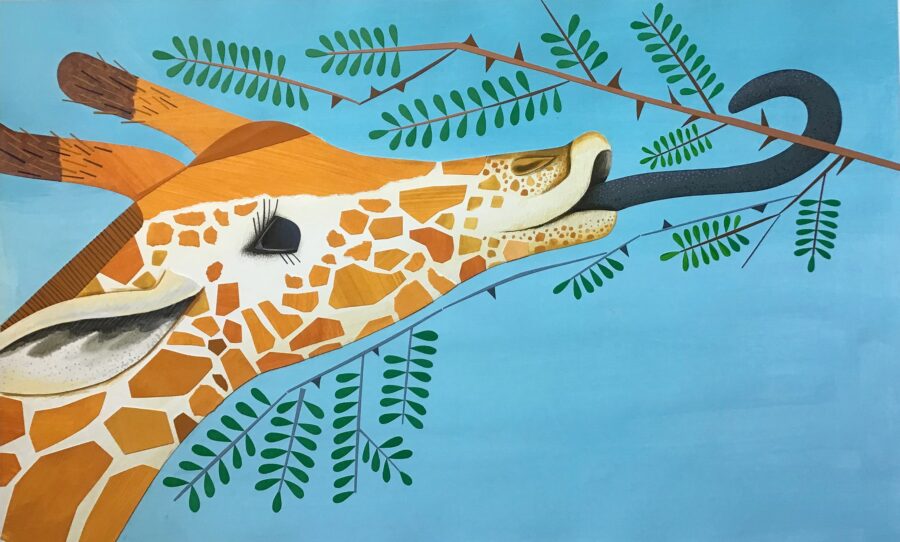

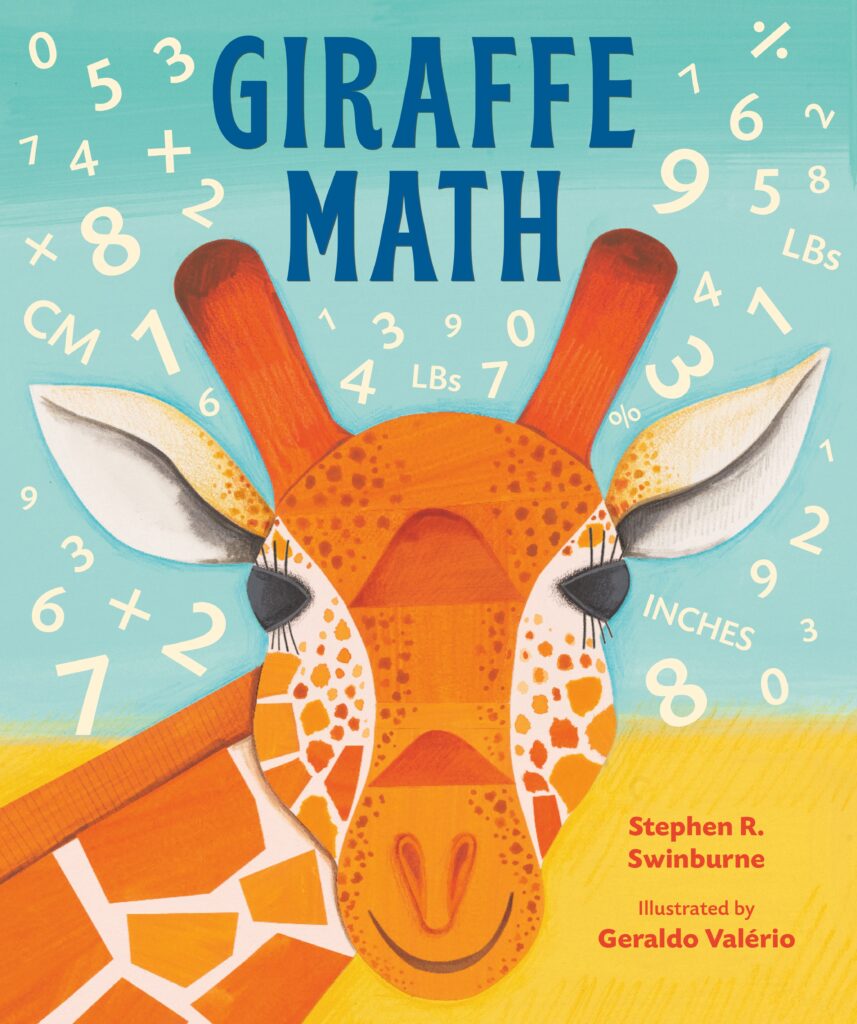
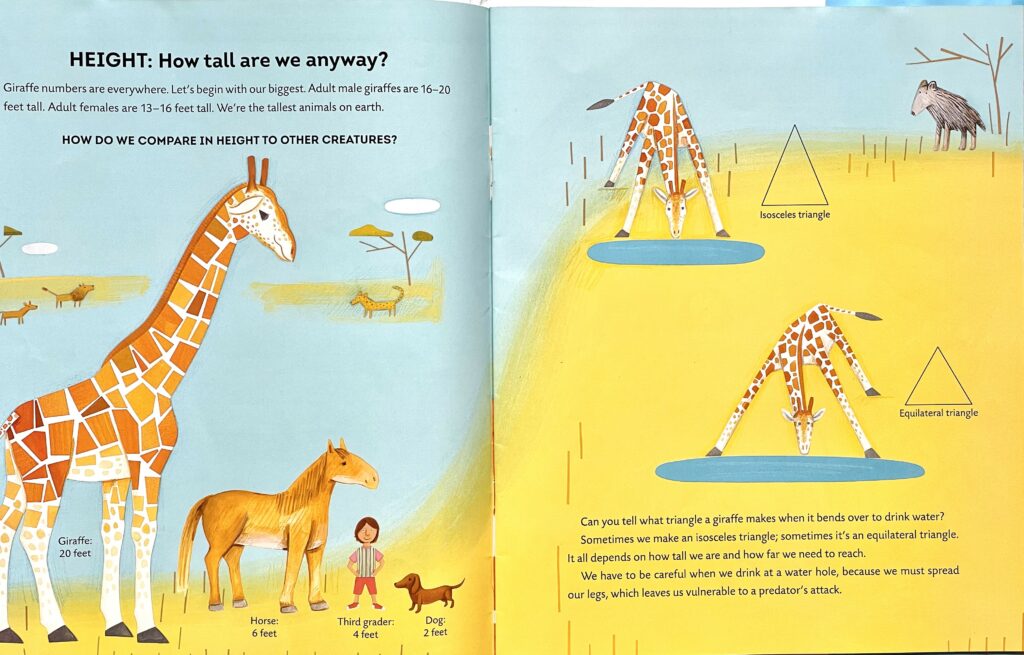
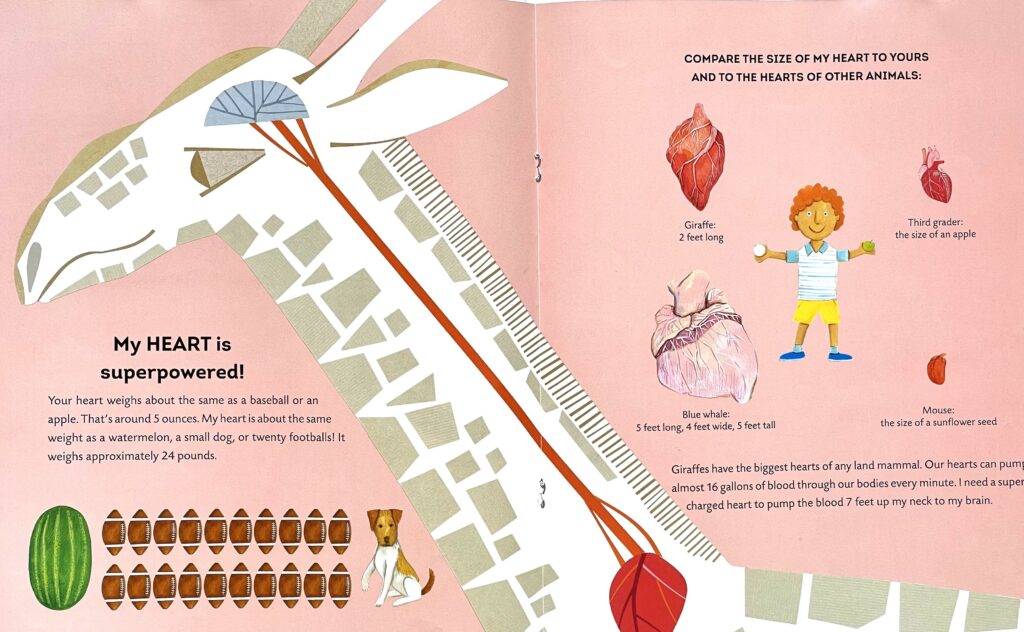
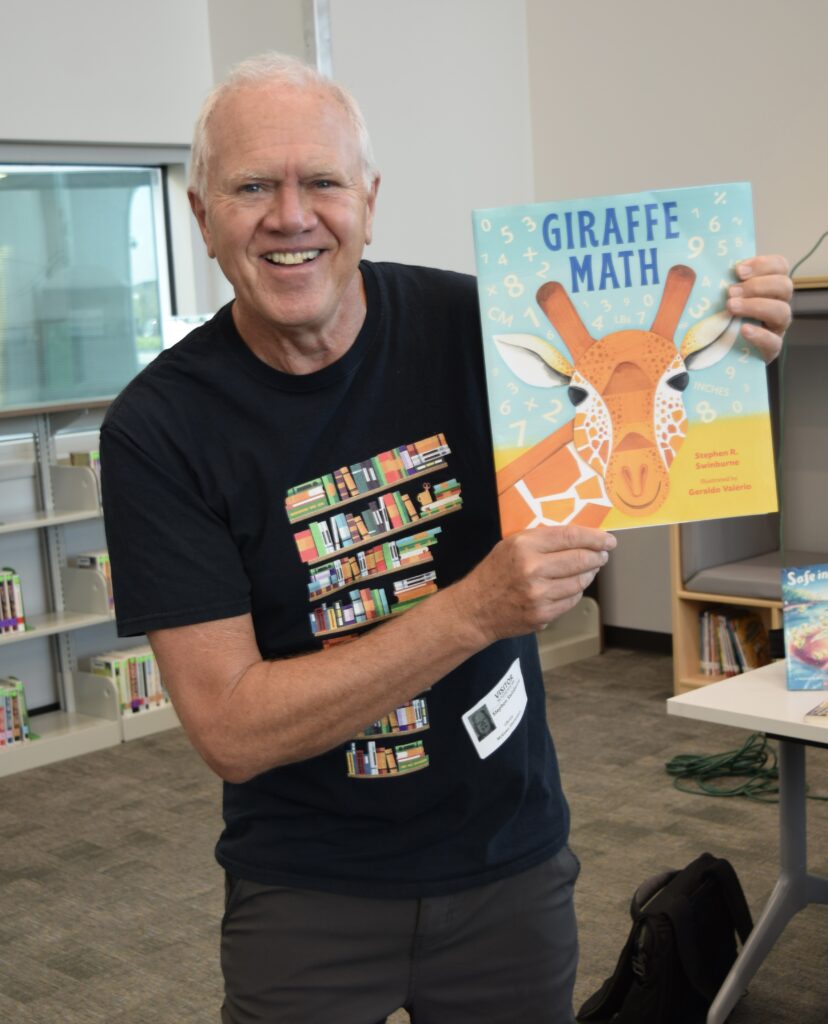
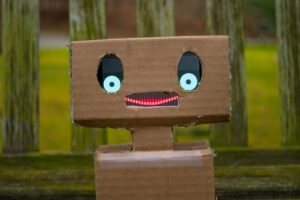

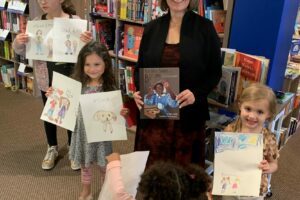


Leave a Reply
Your email is safe with me.